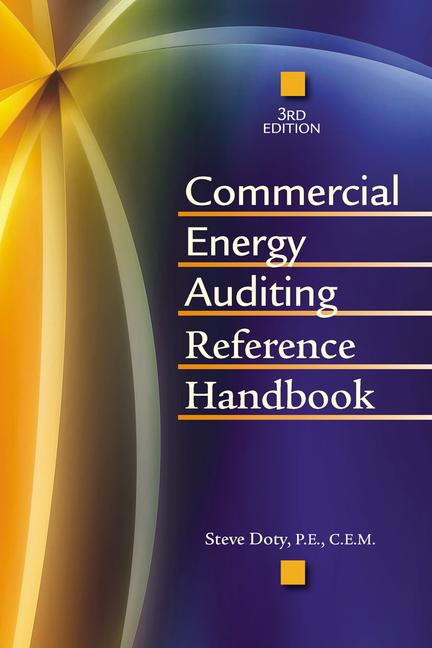Within the design and construction industry there is an expectation that a “commissioned” building is an “energy conservative” building. This is especially true because the USGBC’s LEED® rating system requires a minimum level of commissioning for certification. The logic behind this expectation is as follows:
- The owner tells the design team that the owner wants an energy conservative building.
- The design team designs and specifies an energy conservative building, including special materials and equipment that may cost more up front but are intended to reduce energy costs during operation.
- The construction team provides, installs, and programs everything required by the design team.
- The commissioning professional verifies that the construction team’s work meets the owner’s original requirements.
Non-LEED® Projects
Simply stating that a building should be energy conservative is not a very measurable and/or enforceable owner’s requirement, because it is typically not quantified. Most owners want “the most energy efficient building practical” while also meeting project budget and systems performance needs. At the beginning of the project, an owner does not know what that balance will mean in terms of quantifiable/measurable energy consumption (e.g., Btuh/sq ft/year).Also, many owners do not want to spend project funds for full building modeling to help the design team evaluate the life cycle implications of energy decisions. Instead, the design team does their best to include as many energy-efficient features as the budget can afford, using industry standards and experience to determine which would be the most valuable. I do not want to imply that this approach is bad, only that it is reality.
Even without a measurable energy consumption target for the building, the design team’s drawings and specifications will implicitly define the level of energy efficiency required of the installed systems. If the construction team installs, starts up, and programs the systems and the commissioning professional verifies that the systems perform as designed, the energy goals (i.e., the most practical level of energy efficiency) for the building should be achievable.
LEED® Projects
With LEED® projects, most owners rely on the Energy & Atmosphere (EA) portion of the LEED rating system to define their energy expectations. LEED requires a minimum level of energy conservation, measured against an industry benchmark, in order for a building to be certified. LEED requires a rigorous energy modeling process to demonstrate that the designed systems will achieve the expected energy use levels.Thus, each LEED project has a quantifiable energy consumption target, i.e., the result of the energy model of the final building design. The design team’s drawings and specifications should include all of the features included in the energy model, and the construction team should implement the design documents. If the commissioning professional verifies that all of the systems perform as designed, the systems should be able to provide energy efficient operation.
The LEED New Construction and Major Renovations commissioning process, however, does not include measurement of energy consumption over time but simply verifies that the HVAC, lighting controls, domestic hot water, and renewable energy systems perform as designed at the end of construction. The LEED for Existing Buildings; Operations & Maintenance rating program is where actual building performance is recognized and certified.
The actual energy consumption of the building after turnover to the owner is significantly outside of the design and construction teams’ control, regardless of whether the project is LEED certified or not. It depends on the occupancy and use of the building, and it depends on the building operators having the skills, tools, and time to operate and maintain the facility as required to sustain proper system operation.
In summary, energy conservation in commissioned buildings is only partly a function of commissioning. It starts with careful design phase decisions and continues indefinitely with motivated and thoughtful operations and maintenance. Commissioning helps to provide the bridge between the two, but commissioning, by itself, does not guarantee long-term energy efficient operation.ES





